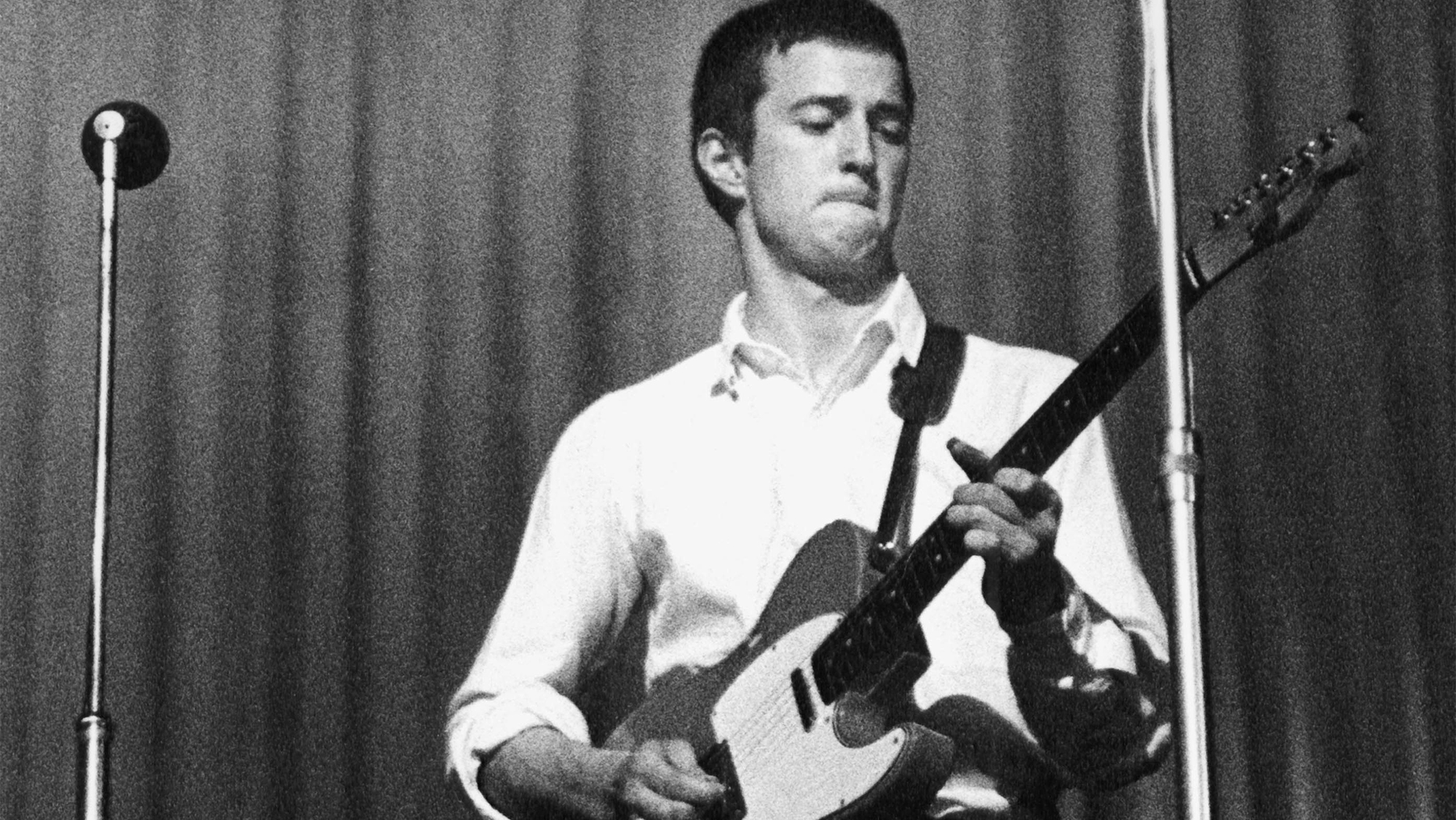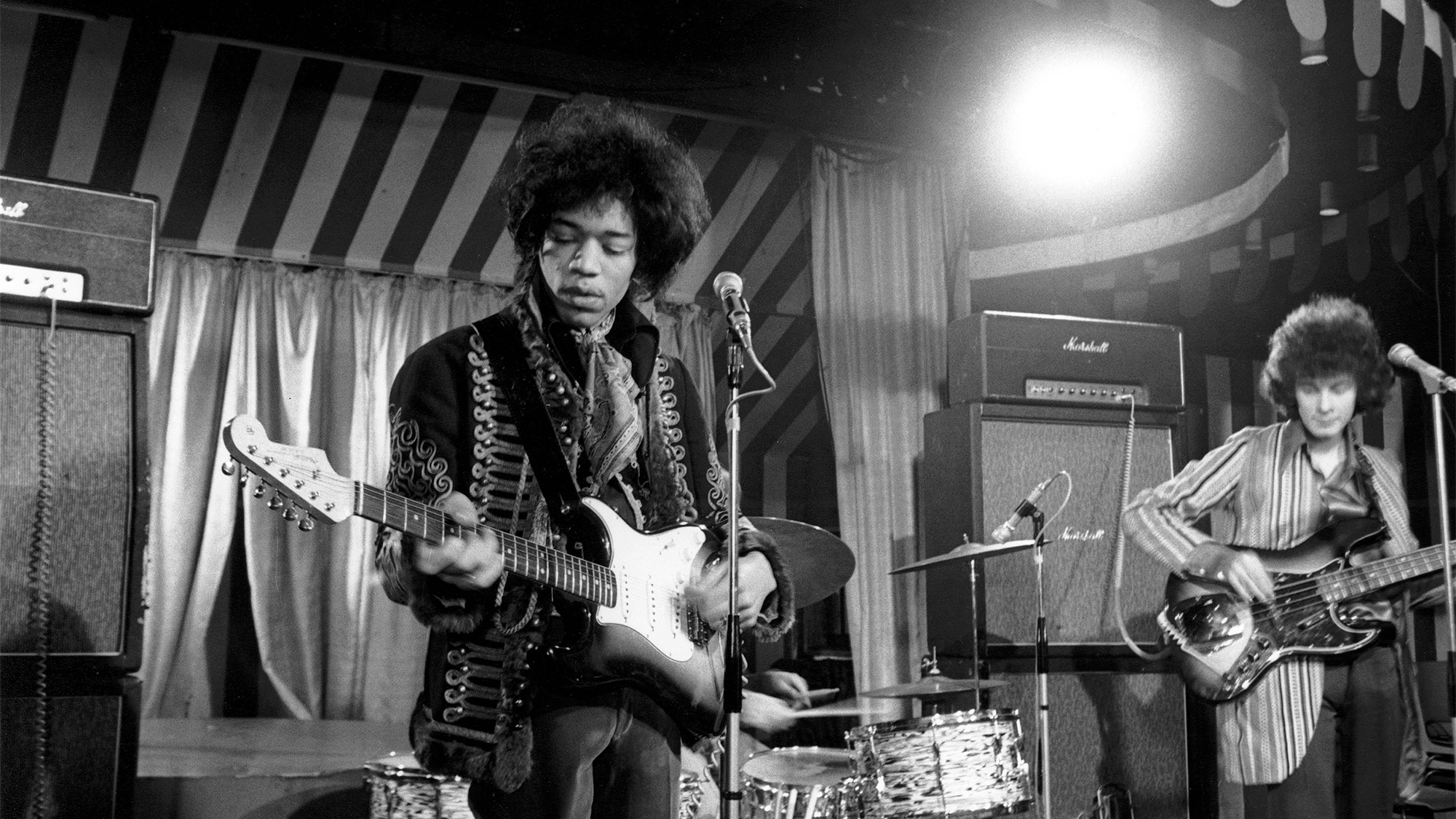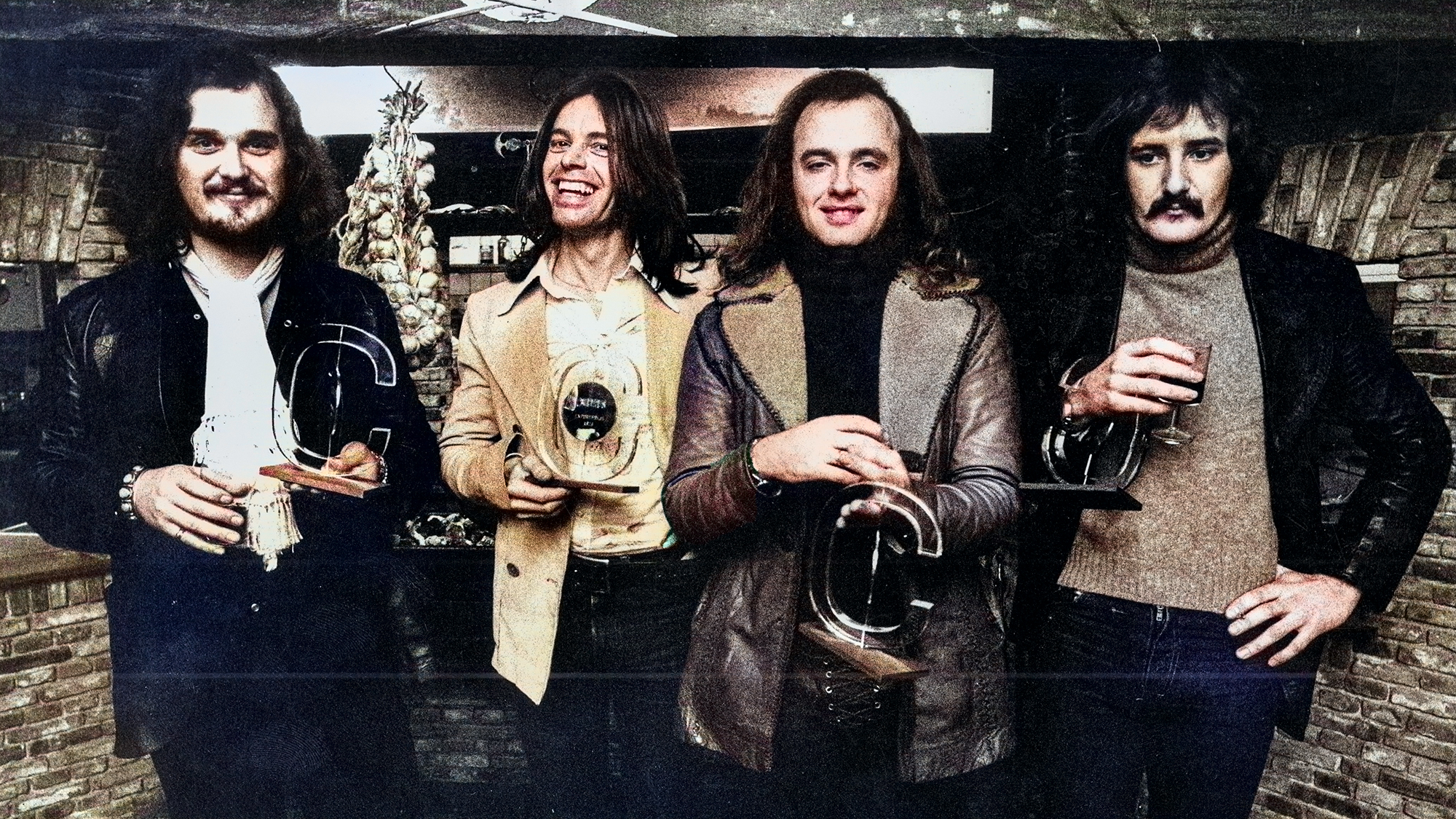“I thought, 'Oh, my God. This guy is doing everything that I was trying to do.' He just made me feel like I couldn't play.” Brian May on the mind-blowing difference between seeing Eric Clapton and Jimi Hendrix perform in the 1960s
May also cited Jeff Beck as a guitarist who changed his thinking about guitar playing in his most formative years

Like many young guitarists in the early 1960s, Queen guitarist Brian May was influenced by the original wave of rock and roll. He was also more song-oriented in his approach, focused on rhythm rather than lead.
“I love playing rhythm and that's the way I started,” he told Guitar Player in our March 2012 issue. “When I was a kid I just played acoustic guitar and strummed and sang. I sang Everly Brothers songs, Tommy Steele songs, Elvis songs — so rhythm guitar is where I come from.”
But as music changed, so did May’s ambitions. His early lead work was influenced by the Shadows, whose electric guitar instrumentals were based in large part around the song's main melody. May said the group was "the most metallic thing out at the time.”
But by 1965, May had his head turned around by two new guitarists on the scene: Eric Clapton and Jeff Beck. It was because of them that he began to look beyond the Shadows style of guitar playing he grew up on and got serious about developing his blues and rock chops.
He was particularly impressed by Clapton.
“Absolutely. Clapton from the very beginning, because I used to go and see the Yardbirds. We did a couple of their songs," he said.

“Clapton was unbelievable, just so sparkling and fluid. He was what turned me away from the Shadows style and sent me back to listening to B.B. King, Bo Diddley and all those people who I'd heard.
All the latest guitar news, interviews, lessons, reviews, deals and more, direct to your inbox!
“But I thought it was all the same: 12-bar blues, and that was it. I didn't realize the depth or emotion there was in it until I saw Eric Clapton doing it. That somehow made it accessible for me.
“After I went back and listened to his influences, I listened to Clapton very closely and people like Mike Bloomfield on the first album with the Paul Butterfield Blues Band, which had all those classics.
“Jeff Beck was an influence too, extremely. I couldn't believe what he could do. I remember seeing him put the guitar down, make it feedback. and play a whole tune without even touching the fingerboard. That was the first time I saw a Les Paul guitar. I saw a gig at the Marquee soon after Beck had joined, and Eric Clapton came on and jammed at the end. That was pretty amazing; I'll never forget that.”
Clapton was unbelievable, just so sparkling and fluid. He was what turned me away from the Shadows style and sent me back to listening to B.B. King, Bo Diddley and all those people who I'd heard."
— Brian May
It was also around this time May caught a show by another newcomer on the London scene who would prove influential to him: Jimi Hendrix.
“I thought after seeing [Clapton and Beck], I'd seen it all. I had been playing all that time, and I could play that style. I was beginning to make the guitar sort of talk. I always wanted the guitar to play for people, to talk the same way a vocal did and have feeling in it. I didn't want it to be an accompanying instrument.
“Then when I saw Hendrix, I thought, Oh. my God. This guy is doing everything that I was trying to do. He just made me feel like I couldn't play.

“It’s a funny thing: It makes you feel very uncomfortable when you thought you knew everything that was going on, and then suddenly somebody comes along who seems to be doing all sorts of things which you hadn't even thought of, never mind find yourself able to play.
“I heard him play on a single of ‘Hey Joe,’ and on the flip side there's an amazing solo on ‘Stone Free,’ where he's talking to the guitar and it's talking back to him. I thought, Well. he can't really be that good. He must have done that with studio technique.
“Then when I saw him for the first time supporting the Who at the Savoy Theatre in London, he just completely blew me away. I thought, He's it. The Who couldn't follow him in those days and they were really hot, big news in England. Anybody in the world would find it hard to follow Hendrix.”
Hendrix just completely blew me away. I thought, He's it. The Who couldn't follow him in those days and they were really hot, big news in England."
— Brian May
Pete Townshend has attested to that. The Who guitarist told Guitar Player how Hendrix’s arrival in London in 1966 devastated his confidence as a guitarist. Ultimately, though, he said his inability to compete at Hendrix’s level pushed him to create more ambitious songs, which in turn led to the creation of the Who’s breakthrough album, Tommy.
“And what that actually did was provide me with records that sold in America, somehow,” Townshend said.
As for May, he would eventually find his own path and develop a signature style that remains one of rock’s most stylistically and tonally unique. As he’s explained, some credit is due to Rory Gallagher, who turned him on to the virtues of a Vox AC30 combo amp and a Dallas Rangemaster Treble Booster when May met the guitarist backstage at London's Marquee club following Gallagher’s performance.
“I found a Treble Booster,” he said. “I plugged it in with my guitar, turned it all the way up and it just melted my stomach. That’s my sound.”
Christopher Scapelliti is editor-in-chief of GuitarPlayer.com and the former editor of Guitar Player, the world’s longest-running guitar magazine, founded in 1967. In his extensive career, he has authored in-depth interviews with such guitarists as Pete Townshend, Slash, Billy Corgan, Jack White, Elvis Costello and Todd Rundgren, and audio professionals including Beatles engineers Geoff Emerick and Ken Scott. He is the co-author of Guitar Aficionado: The Collections: The Most Famous, Rare, and Valuable Guitars in the World, a founding editor of Guitar Aficionado magazine, and a former editor with Guitar World, Guitar for the Practicing Musician and Maximum Guitar. Apart from guitars, he maintains a collection of more than 30 vintage analog synthesizers.
